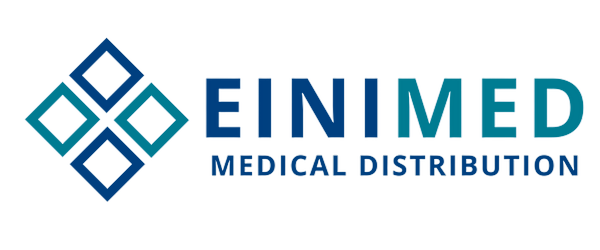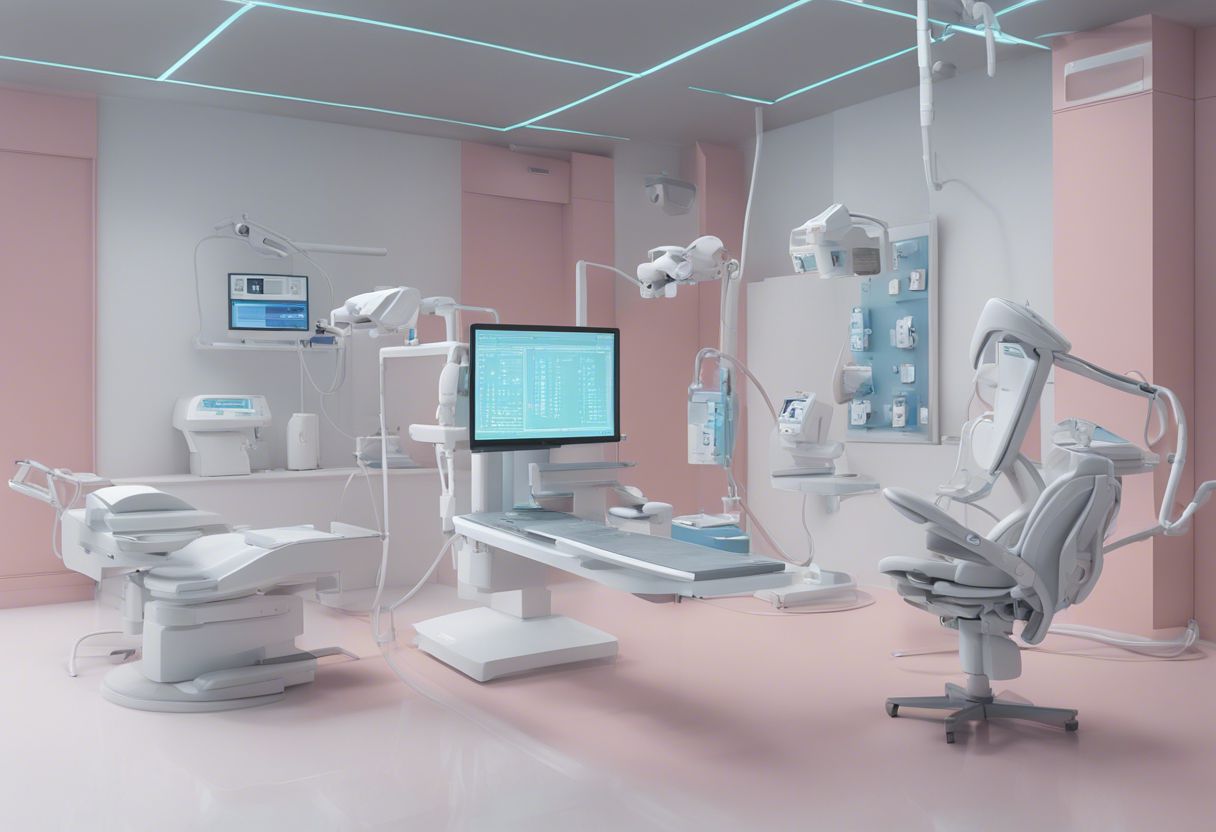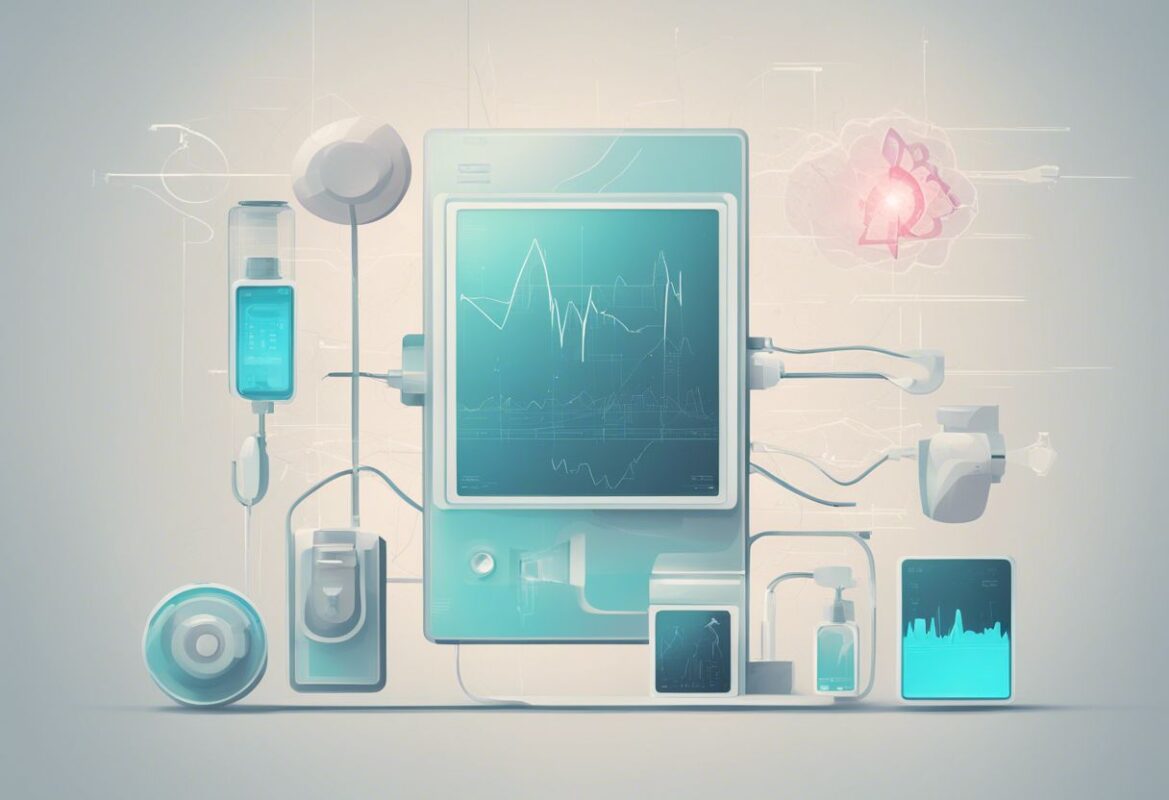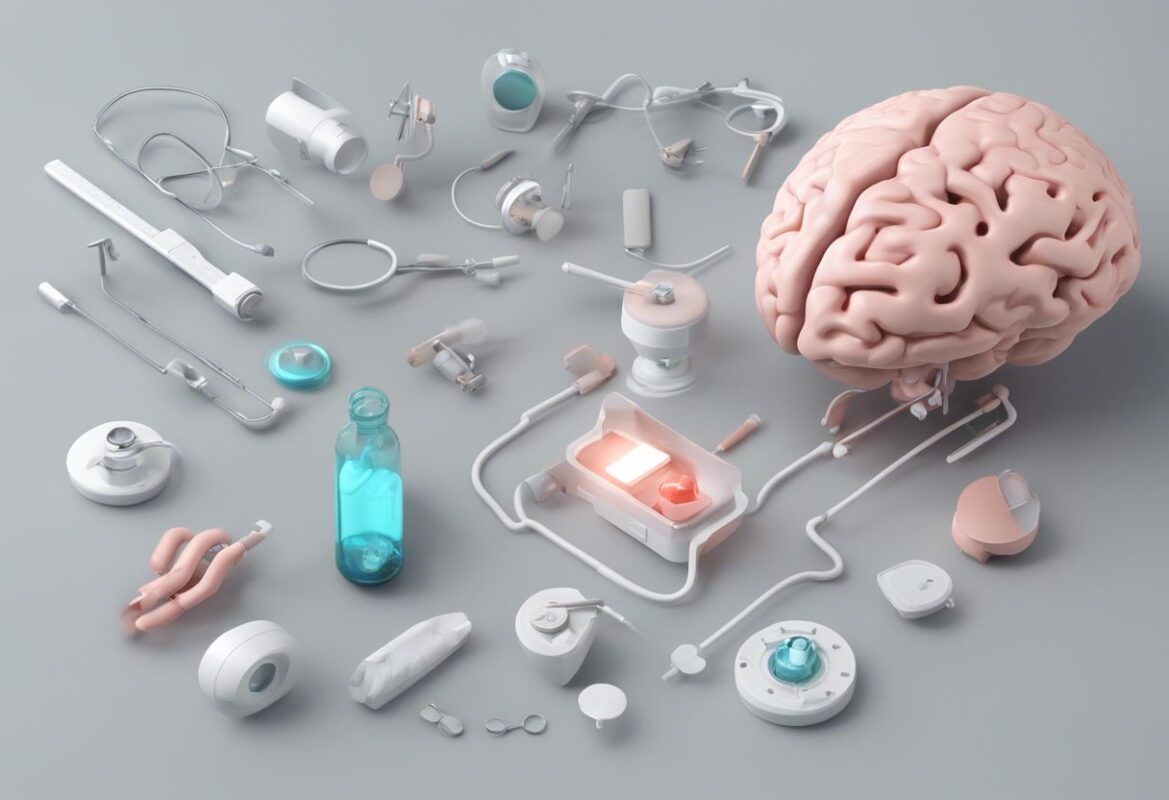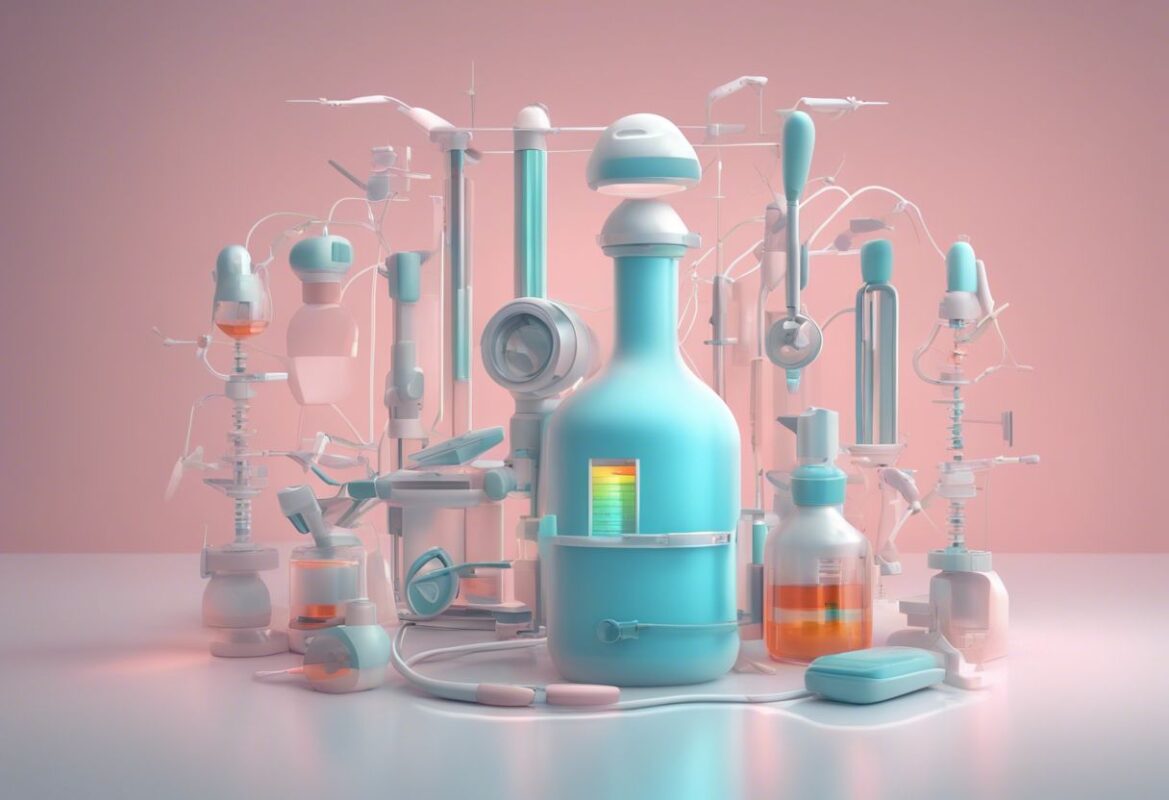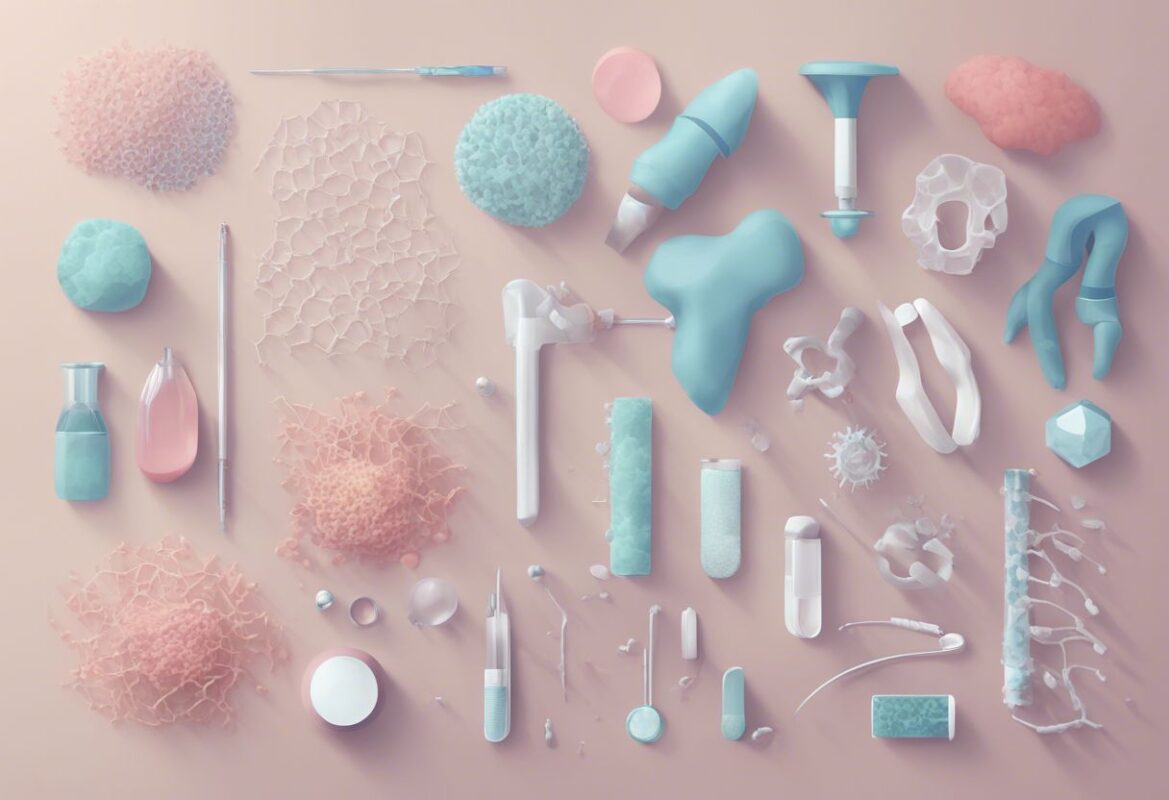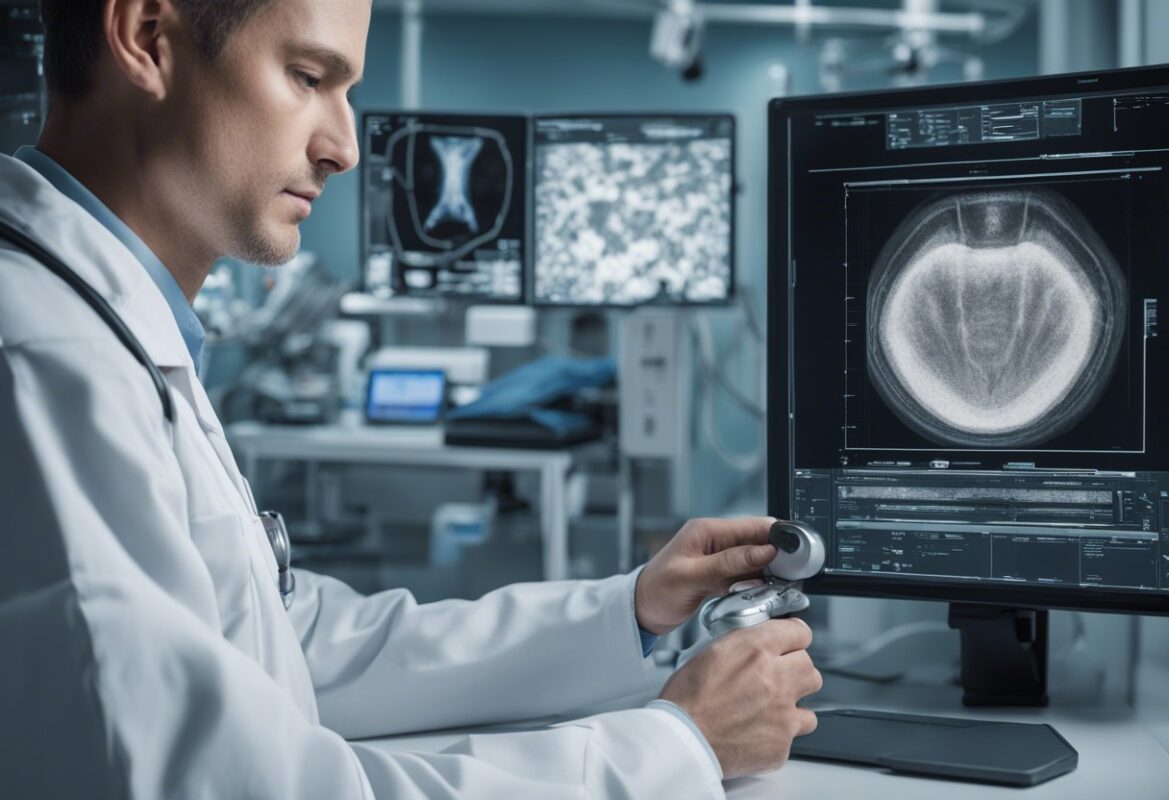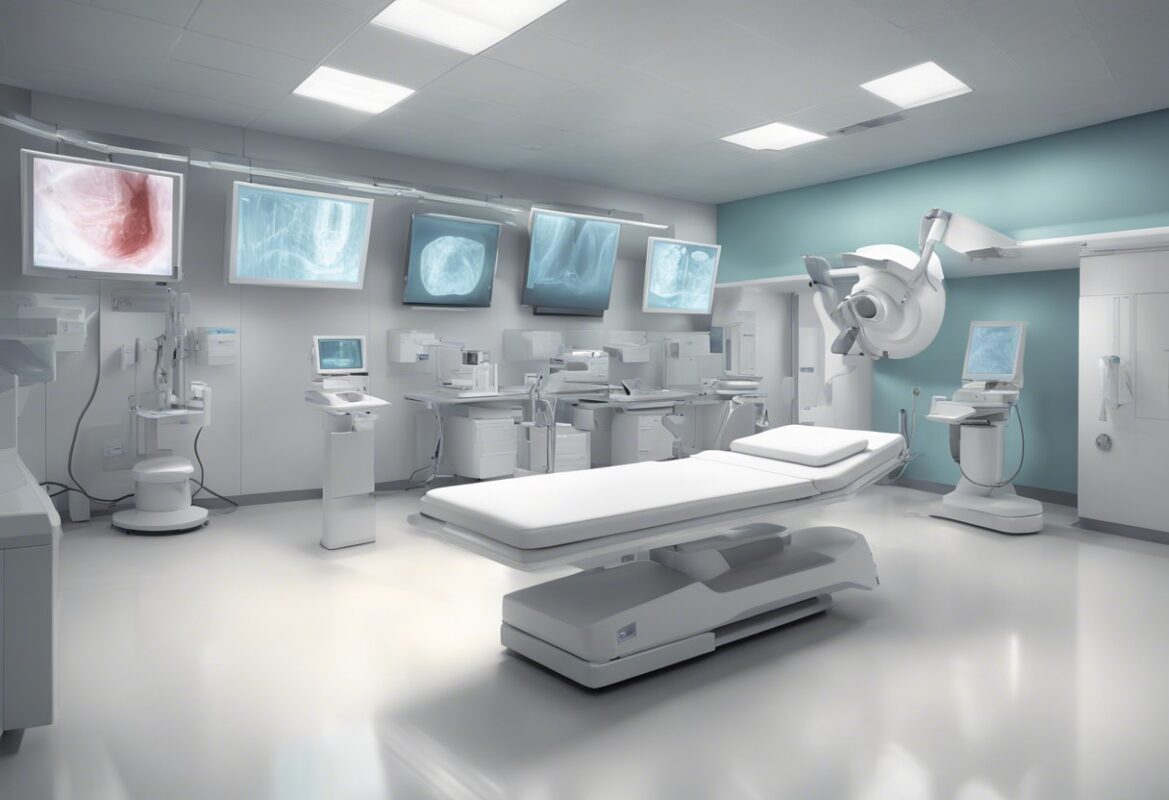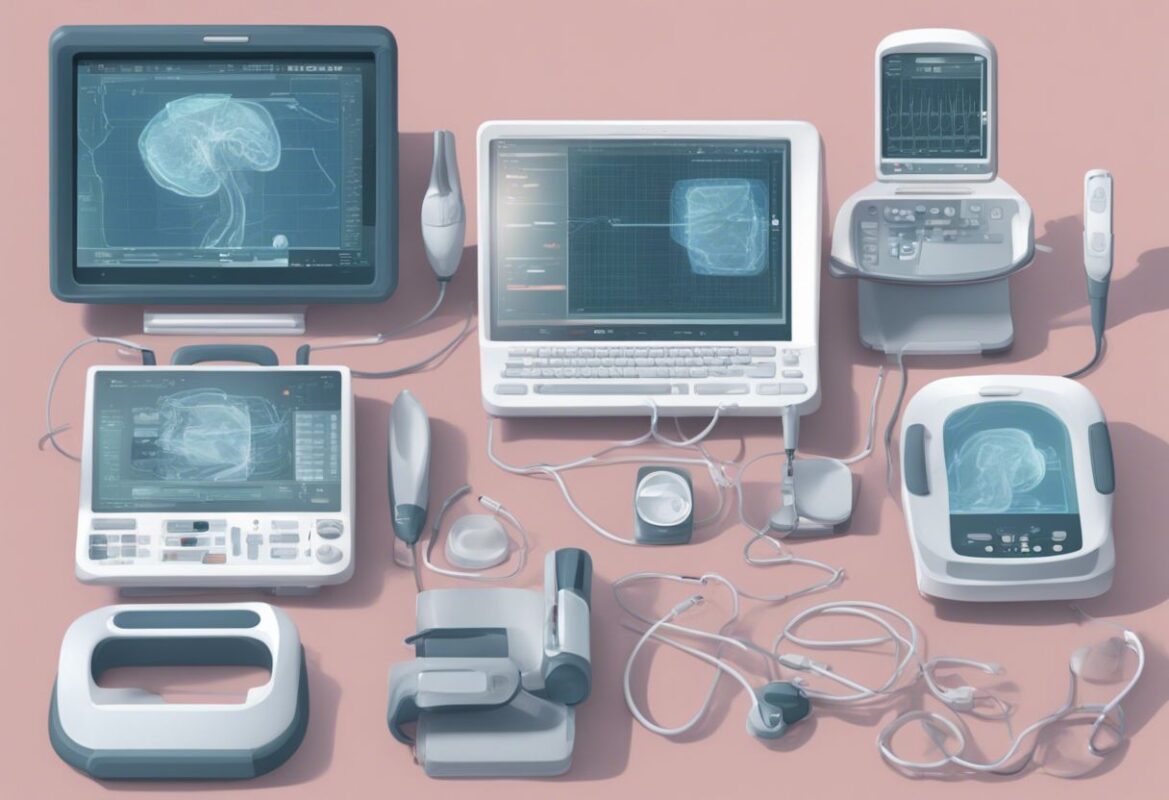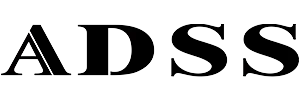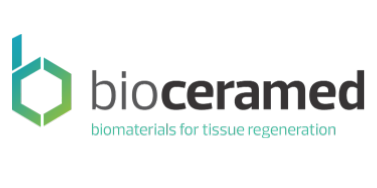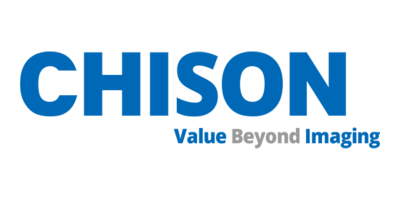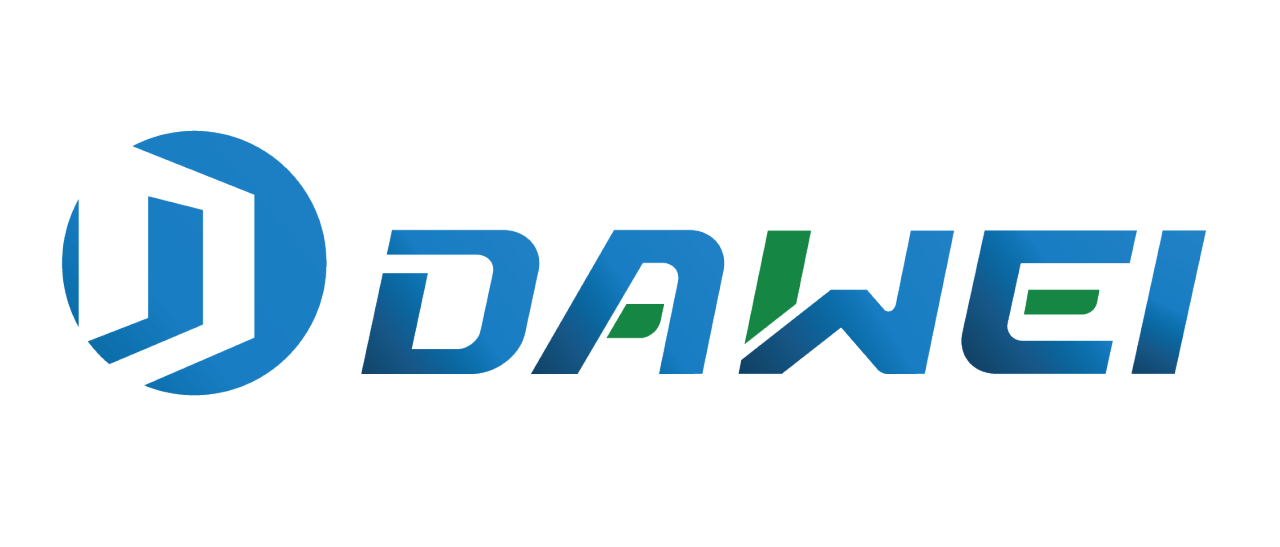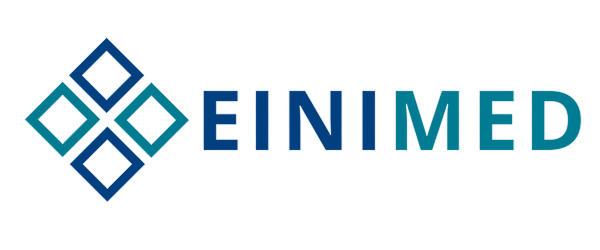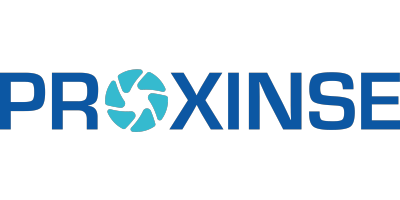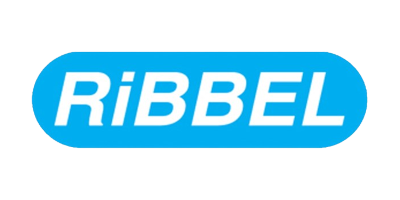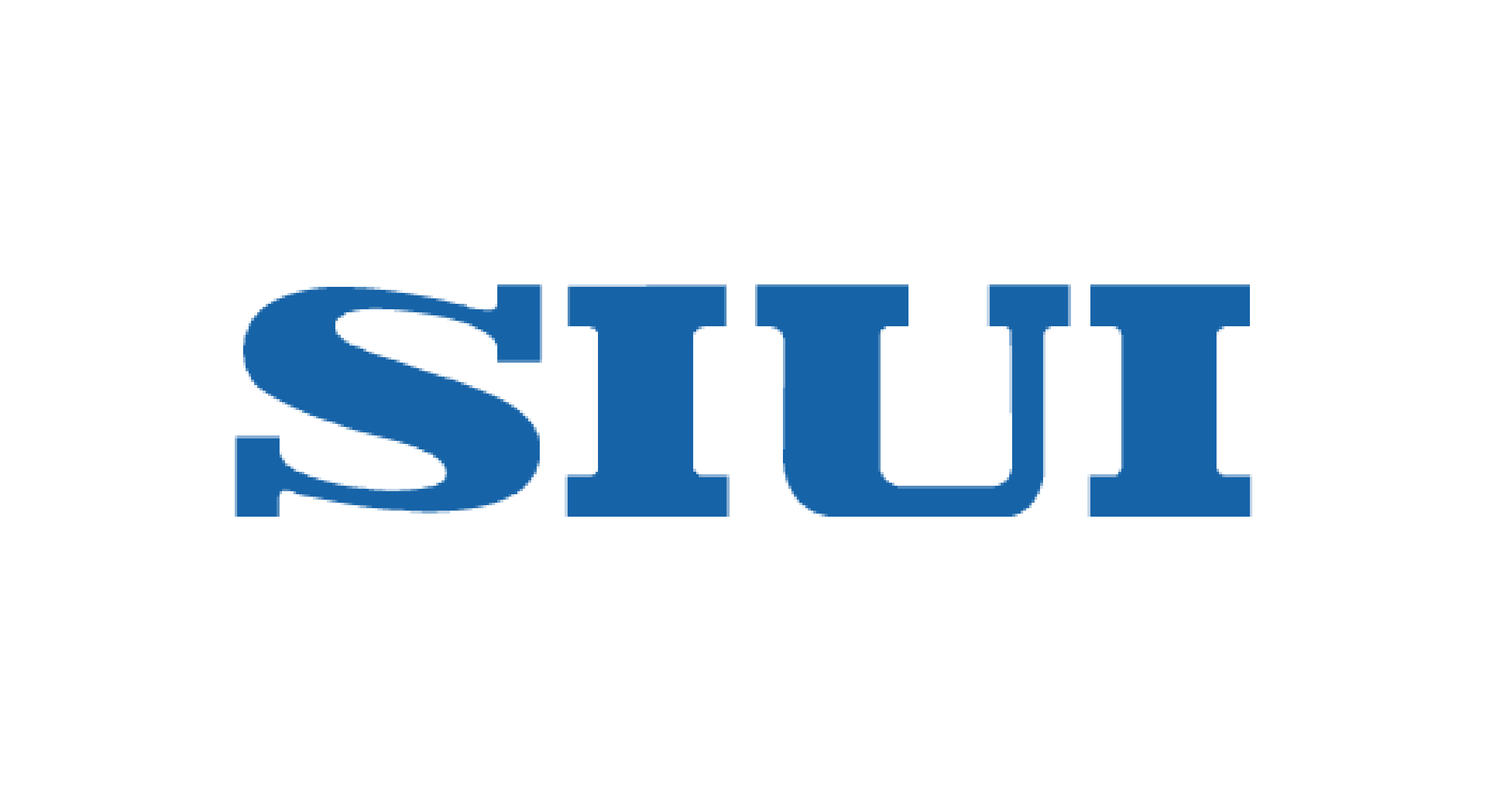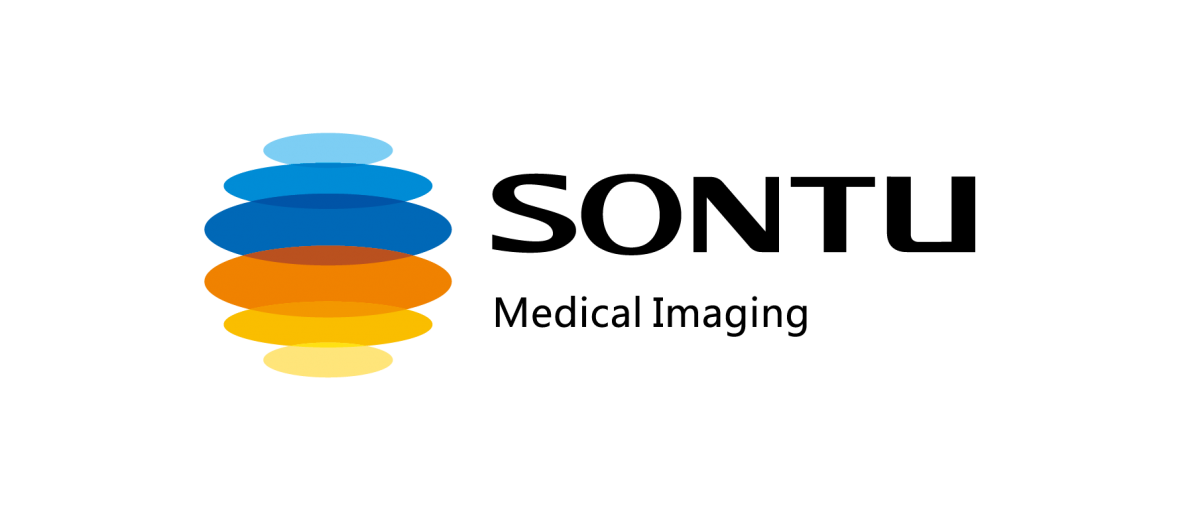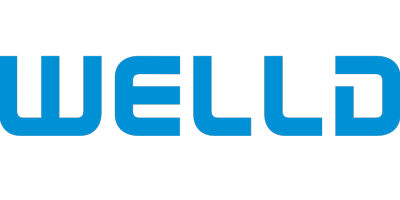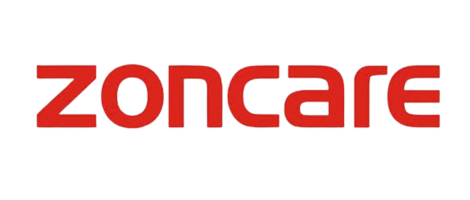The European Union Medical Device Regulation (EU MDR) represents a significant shift in the regulatory landscape for medical devices in Europe. Implemented to ensure a high standard of safety and efficacy for medical devices, the EU MDR places stringent requirements on manufacturers, importers, and distributors. In this comprehensive guide, we will explore the key aspects of EU MDR, its implications for stakeholders, and strategies for successful compliance.
Understanding the EU MDR
The EU MDR (Regulation (EU) 2017/745) was adopted on April 5, 2017, and came into full effect on May 26, 2021, replacing the previous Medical Device Directive (MDD) and the Active Implantable Medical Devices Directive (AIMDD). The regulation introduces more rigorous criteria for medical devices to ensure patient safety and device performance.
Key Objectives of EU MDR
- Enhanced Safety and Performance: Ensuring that medical devices meet high standards of quality, safety, and performance throughout their lifecycle.
- Transparency and Traceability: Improving the traceability of devices through a unique device identification (UDI) system and ensuring transparency via the EUDAMED database.
- Post-Market Surveillance: Strengthening post-market surveillance requirements to monitor device performance and manage risks effectively.
- Clinical Evidence: Mandating robust clinical evidence to demonstrate device safety and efficacy.
Key Changes Under EU MDR
The transition from MDD/AIMDD to EU MDR introduces several critical changes and requirements for medical device stakeholders.
1. Expanded Scope and Classification
- Expanded Scope: EU MDR covers a broader range of products, including those without a medical purpose but with similar characteristics to medical devices, such as cosmetic implants and contact lenses.
- Reclassification of Devices: Many devices have been reclassified under stricter categories, requiring more rigorous conformity assessments. For instance, certain software and diagnostic devices now fall under higher-risk classes.
2. Unique Device Identification (UDI)
- UDI System: The implementation of a UDI system improves traceability and facilitates recalls or safety alerts. Each device must have a unique identifier, which is recorded in the EUDAMED database.
3. EUDAMED Database
- Centralized Database: EUDAMED (European Database on Medical Devices) serves as a central repository for information on medical devices, including registrations, certifications, and post-market surveillance data. It enhances transparency and facilitates access to information for regulators and the public.
4. Clinical Evaluation and Evidence
- Clinical Evaluation: Manufacturers must provide comprehensive clinical evidence demonstrating the safety and performance of their devices. This includes clinical investigations and literature reviews.
- Post-Market Clinical Follow-Up (PMCF): Continuous monitoring and updating of clinical data post-market to ensure ongoing safety and performance.
5. Post-Market Surveillance (PMS)
- PMS Requirements: Manufacturers must establish a proactive PMS system to monitor device performance and manage risks. This includes periodic safety update reports (PSURs) and vigilance reporting.
6. Increased Responsibilities for Economic Operators
- Economic Operators: The regulation defines clear responsibilities for all economic operators, including manufacturers, importers, distributors, and authorized representatives.
- Authorized Representatives: Non-EU manufacturers must designate an authorized representative within the EU to ensure compliance with MDR requirements.
7. Rigorous Conformity Assessment
- Notified Bodies: Notified Bodies (NBs) play a crucial role in the conformity assessment process. The number of NBs designated under EU MDR has decreased, and those remaining face more stringent requirements.
- Technical Documentation: Comprehensive technical documentation is required, including detailed information on device design, manufacturing, clinical evaluation, and risk management.
Strategies for Successful EU MDR Compliance
Compliance with EU MDR is a complex and ongoing process that requires careful planning and execution. Here are key strategies for navigating this regulatory landscape effectively:
1. Early Preparation and Planning
- Start Early: Begin the compliance process well in advance of regulatory deadlines to avoid last-minute challenges.
- Gap Analysis: Conduct a thorough gap analysis to identify areas that require changes or improvements to meet MDR requirements.
2. Robust Clinical Evidence
- Clinical Investigations: Plan and conduct clinical investigations as necessary to gather robust clinical evidence.
- Literature Reviews: Utilize existing clinical literature to support the safety and performance of your devices where applicable.
3. Strengthened Post-Market Surveillance
- PMS System: Establish a comprehensive PMS system to monitor device performance and report adverse events promptly.
- PSURs: Prepare and submit periodic safety update reports in accordance with MDR requirements.
4. Engage with Notified Bodies
- NB Selection: Choose an experienced Notified Body with expertise relevant to your device category.
- Regular Communication: Maintain open and regular communication with your Notified Body to facilitate the conformity assessment process.
5. Update Technical Documentation
- Comprehensive Documentation: Ensure your technical documentation is complete and up-to-date, covering all aspects of device design, manufacturing, and clinical evaluation.
- Risk Management: Implement a robust risk management process to identify and mitigate potential risks associated with your devices.
6. Training and Education
- Staff Training: Provide ongoing training to your team on MDR requirements and compliance strategies.
- Stay Informed: Keep abreast of regulatory updates and guidance documents issued by the European Commission and other relevant authorities.
Challenges and Opportunities
While EU MDR compliance presents several challenges, it also offers opportunities for manufacturers to improve their products and processes.
Challenges
- Resource Intensive: The compliance process can be resource-intensive, requiring significant time, effort, and financial investment.
- Stringent Requirements: Meeting the more rigorous requirements of EU MDR can be challenging, particularly for smaller companies or those with complex devices.
Opportunities
- Enhanced Quality and Safety: Adhering to MDR standards can lead to improved product quality and patient safety, enhancing your reputation and market position.
- Market Access: Compliance with EU MDR ensures continued access to the European market, which is one of the largest and most lucrative markets for medical devices.
Conclusion
The European Union Medical Device Regulation (EU MDR) represents a significant step forward in ensuring the safety and efficacy of medical devices in the European market. By understanding the key changes and requirements, and implementing effective compliance strategies, manufacturers, importers, and distributors can navigate this regulatory landscape successfully. Despite the challenges, the opportunities for enhancing product quality and gaining market access make the journey towards MDR compliance a worthwhile endeavor. Stay informed, plan strategically, and engage with experienced partners to ensure your success in the evolving world of medical device regulation.
